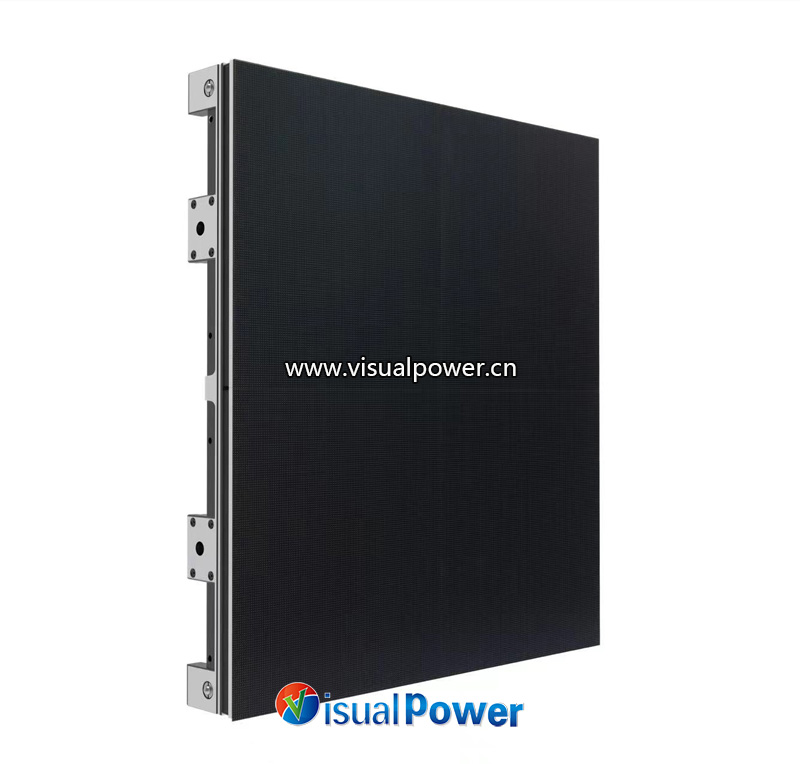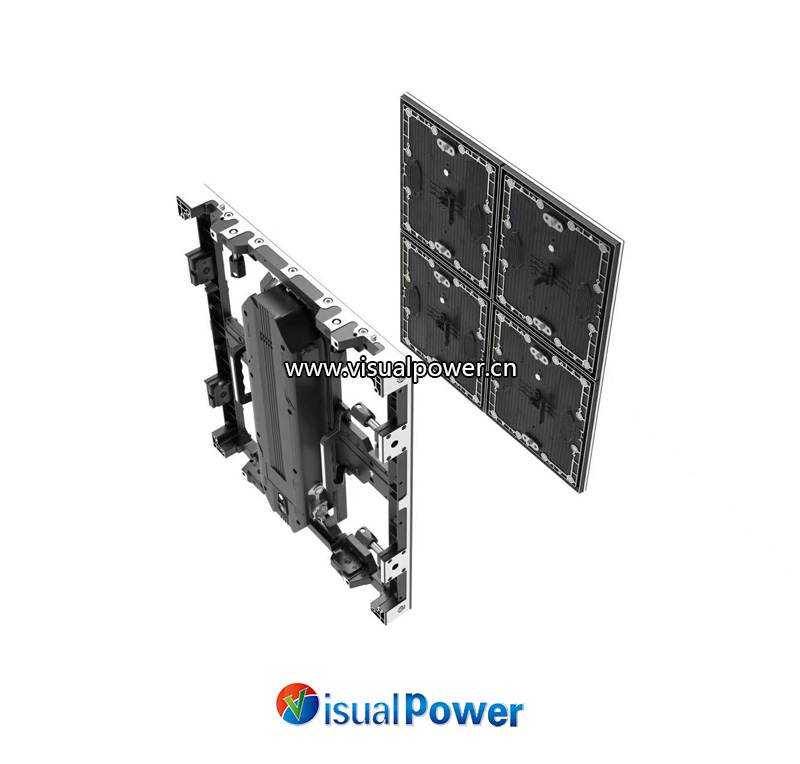Categories
- News (41)
- case study (6)
The first time I came into contact with Fine Pitch LED Display, I had no idea at all that it could completely change the matter of “viewing”
When most people think of LED displays, what comes to mind are large screens in squares, scrolling advertisements at the entrances of shopping malls, or the dazzling dynamic backgrounds at concert venues. To be honest, I thought so before, too.
One day, I was standing in a meeting room. The digital charts on the screen were as clear as if they were stuck on glass. I couldn’t help but get closer to take a look: there was no graininess at all, no color deviation, and they were even sharper than the high-definition screen of my laptop.
I turned my head and asked the engineer what kind of divine technology this was. He smiled and said, “Fine pitch LED display.”
From that moment on, I began to study it seriously and gradually realized that this display technology, which seemed “professional yet distant”, was gradually changing our visual experience – whether in meeting rooms, command centers, or high-end retail Spaces.
Today, from the perspective of a real experiencer, I will talk about whether fine pitch LED screens are worth using, which scenarios they are suitable for, and – several key points that you should pay the most attention to when choosing and deploying this type of display screen.

Don’t be intimidated by the terms first.
The so-called “fine pitch” actually refers to the very small spacing between LED beads, usually 1.5mm or even smaller. Some high-end models are even refined to within 0.9mm.
Why is this important? Because —
The smaller the spacing, the clearer the display. Especially when viewed at close range, it has almost no graininess typical of traditional leds.
For example: You use a 1.2mm fine pitch LED to view the PPT and detailed pictures within three or four meters. The pictures are integrated together. It is not an “image piled up with pixels”, but real and perceptible visual content.
1. Government and enterprise meeting Rooms: From “Presentation Tools” to “Visual Decision-making Systems”
I once participated in a city-level traffic control project. The LED wall in the command room is still fresh in my memory. The picture is smooth without any trailing, and the details are sharp enough to track the real-time data of five or six roads simultaneously.
The key point is that there is not even a hint of “dizziness” or visual fatigue – this is extremely important in scenarios where long-term combat command is required.
2. High-end retail stores: Truly achieving “visual immersion”
Last year, I visited a new store of a luxury brand. As soon as I entered, there was a whole LED wall of nearly 4K level, constantly changing dynamic product stories. At that moment, I realized that this was no longer just a display screen; it was a part of the space and an extension of the brand’s visual identity.
3. Museums and Exhibitions: Rear-projection or projectors are no longer needed
Traditional projectors always need to draw the curtain to block the light and are prone to picture distortion. The fine pitch LED is inherently high in brightness and contrast. It can be clearly seen even during the day. Moreover, it is extremely durable and has a low maintenance cost.

1. No pressure when watching up close, and the content presentation is extremely delicate
If your application scenario is indoors, especially when users need to view the picture within one meter, such as exhibition halls, studios, presentation meetings, and art Spaces – fine pitch is almost the only solution that can simultaneously meet the requirements of brightness, clarity and immersion.
Second, seamless splicing, say goodbye to “black borders” and projection occlusion
Unlike LCD splicing screens that always have dividing lines, fine pitch leds truly achieve the visual effect of “the entire screen as one canvas”.
I once stood in front of a 15-meter-long LED display wall and spent 15 minutes adjusting the materials, but still couldn’t figure out where the seams were.
Three, ultra-high stability, with almost no maintenance costs in the later stage
This point is overlooked by many purchasers. The brightness of traditional LCDS or projectors drops significantly after long-term use, and the screens turn yellow and blurry. High-quality fine pitch leds can often operate stably for more than five years, with almost no brightness loss and no color deviation.
I have visited many project sites and fallen into quite a few traps. The following points are all summarized after “paying the tuition fees” :
Don’t just look at the parameter table. The actual visual experience is far more important than technical specifications. It is essential to watch the real screen offline for an experience.
Attach importance to the gray-scale representation. Some brands are very bright at high brightness but start to blur at low brightness, especially affecting charts and dark-toned content.
Choose a reliable installation service team. Although Fine pitch leds look as beautiful as a painting when installed, they have extremely high requirements for the flatness of the wall and the installation accuracy. Don’t ask the decoration team to piece them together temporarily.
Consider the matching of the control system and the image processor. No matter how good the hardware is, it’s all in vain if the signal transmission is poor. Only professional calibration can bring out its true strength.

It is neither a stunt to show off skills nor a toy for enthusiasts.
It is a technological option that truly brings “immersive visual experiences” into daily scenes.
I once thought that only large-scale concerts or high-priced commercial projects were worthy of such equipment until I saw that more and more small and medium-sized enterprises, creative Spaces, and even community exhibitions were also using it. It represents a brand-new “screen philosophy” – not only should it be readable, but also comfortable, long-lasting and captivating to watch.
If you are preparing a space project, exhibition design, or just looking for a more advanced visual output method, you might as well experience the charm of fine pitch LED screens for real.
It doesn’t need exaggerated lighting effects or dazzling special effects to touch people’s hearts with “ultimate clarity”.
I write these not to popularize technical terms, but to tell you from the perspective of someone who has been through it all:
True technology is not cold and lifeless; it is the moment that makes people exclaim “Wow!”
May you also experience that moment.
If you encounter any problems in selection, configuration or actual deployment, you are welcome to come and have a chat. I can’t guarantee knowing all the answers, but I’m sure I can give you a plain and reliable suggestion.